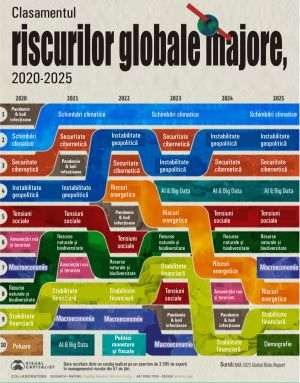Gold is trading at all-time highs, but economist David Rosenberg, president of Rosenberg Research, believes that the price of the yellow metal can rise another nearly 30% to $3,000 an ounce before the next turn in the economic cycle, writes Business Insider .
The economist described gold's recent rise as "particularly impressive" because it not only outperformed all major currencies, but also because it passed all the typical marco hurdles that often depress the yellow metal's value, according to the US publication. "The rise in the price of gold came at a time of dollar strength, falling inflationary expectations and a time when the Federal Reserve created an expectation in the market that it would keep interest rates high for a longer period. All of this would normally have weighed on the price of gold, but the precious metal continued to rise," the Rosenberg Research team wrote in a recently published note.
Since the beginning of the year, gold is up about 13%, reaching an all-time high of about $2,353 an ounce yesterday, according to Investing.com data.
• Strong demand
The main factor driving the price of gold to new records was not so much related to supply, which has been constant in recent years, but rather related to demand, due to the reorientation of central banks to the precious metal as a reserve asset, the economist says, quoted by Business Insider.
As the Chinese yuan has lost its status as the world's second reserve currency and countries such as Japan, Russia, Turkey and Poland fear over-reliance on the US dollar, many have turned to gold for security. "After ditching gold at the turn of the century, central banks are rebuilding their gold holdings at scale," Rosenberg says, adding that central banks bought 361 tonnes of gold in the third quarter of 2023, down from minus 77 tonnes (n.r. sales) in the same period from 2022.
According to Rosenberg Research, gold is more sought after in emerging markets like India and China than in Western markets as high interest rates and rising stock prices overshadow the yellow metal, which has the image of a low-yielding asset.
Additionally, increased industrial use of the precious metal, particularly in the electronics sector, has also led to price appreciation. "The boom in semiconductor production, with manufacturers working around the clock to meet AI-related demand, is certainly a factor favoring demand for physical gold and one that is not going away anytime soon," the note said.
• Uncertainties
Recent global geopolitical turmoil and an unpredictable macroeconomic outlook have also supported gold's rise, Rosenberg says. "A greater militarization of international relations, confrontations and polarization are hard to dispute, so the hedging qualities of the gold price have been accentuated," the economist added.
On the monetary front, as the US debt-to-GDP ratio has hit 120% and costs are rising, investors are increasing their gold holdings amid uncertainty over election results and the possibility of a fiscal crisis, according to founder Rosenberg Research.
• $3,000 goal
The economist estimates that the price of gold may rise by another 15% to 30% as central banks begin to cut interest rates. He presented two scenarios, namely a "soft landing" of the economy and a typical bear market, concluding that in both situations gold should continue its growth, according to Business Insider.
In the "soft landing" scenario, a return of global real interest rates to pre-2000 averages - above those after the 2007-2008 economic crisis - would lead to a decline in the US dollar of around 12% and a rise in the price of gold by about 10%. But if a recession hits the economy and global real interest rates return to their 2014-2024 average, equity markets stabilize and the dollar depreciates by around 8%, the upside for gold would be closer to 15%, around of 2,500 dollars.
"Putting these observations together, our model tells us that the downside risk to the gold price is limited, but there is much more room for upside. Gold is much more likely to reach $3,000 an ounce than to fall to $1,500," Rosenberg said, adding that heightened geopolitical tensions would further push up the price of gold, Business Insider writes.














































